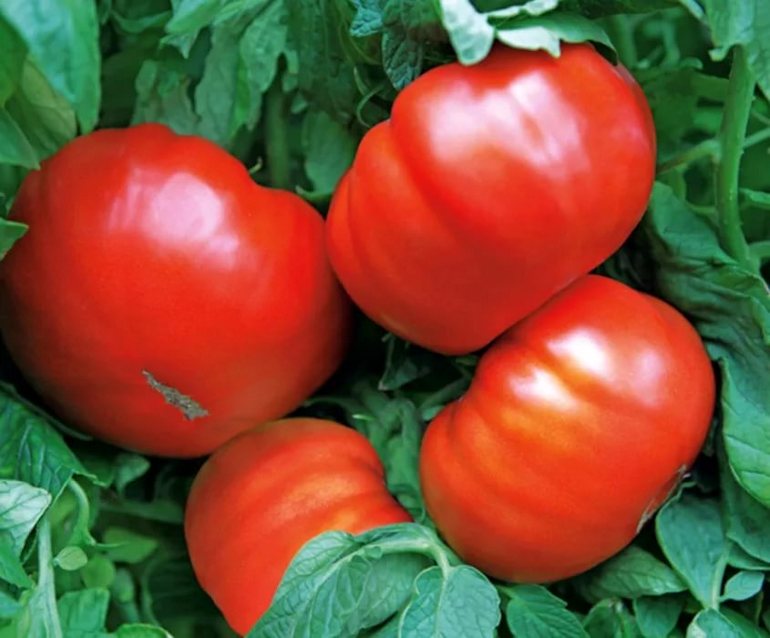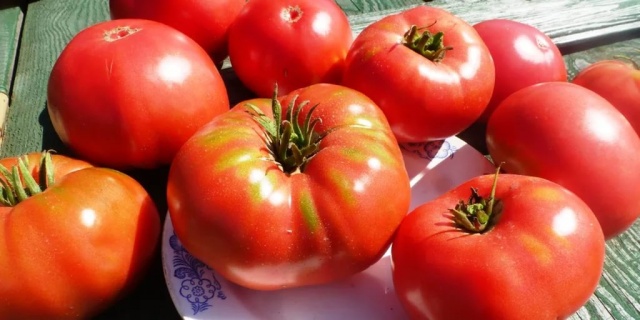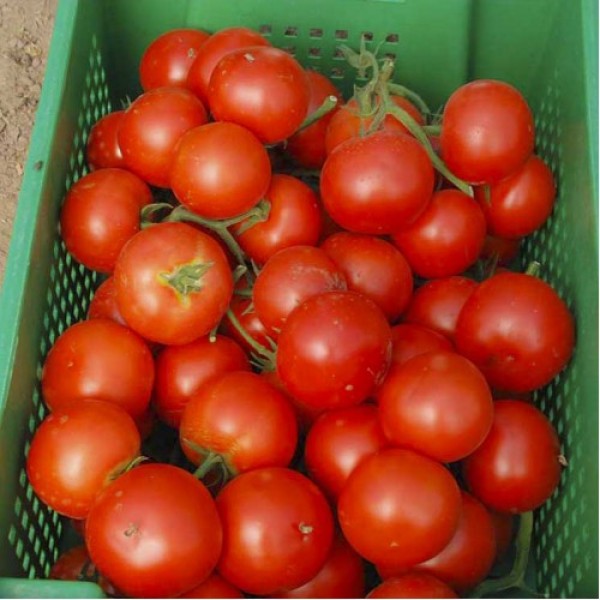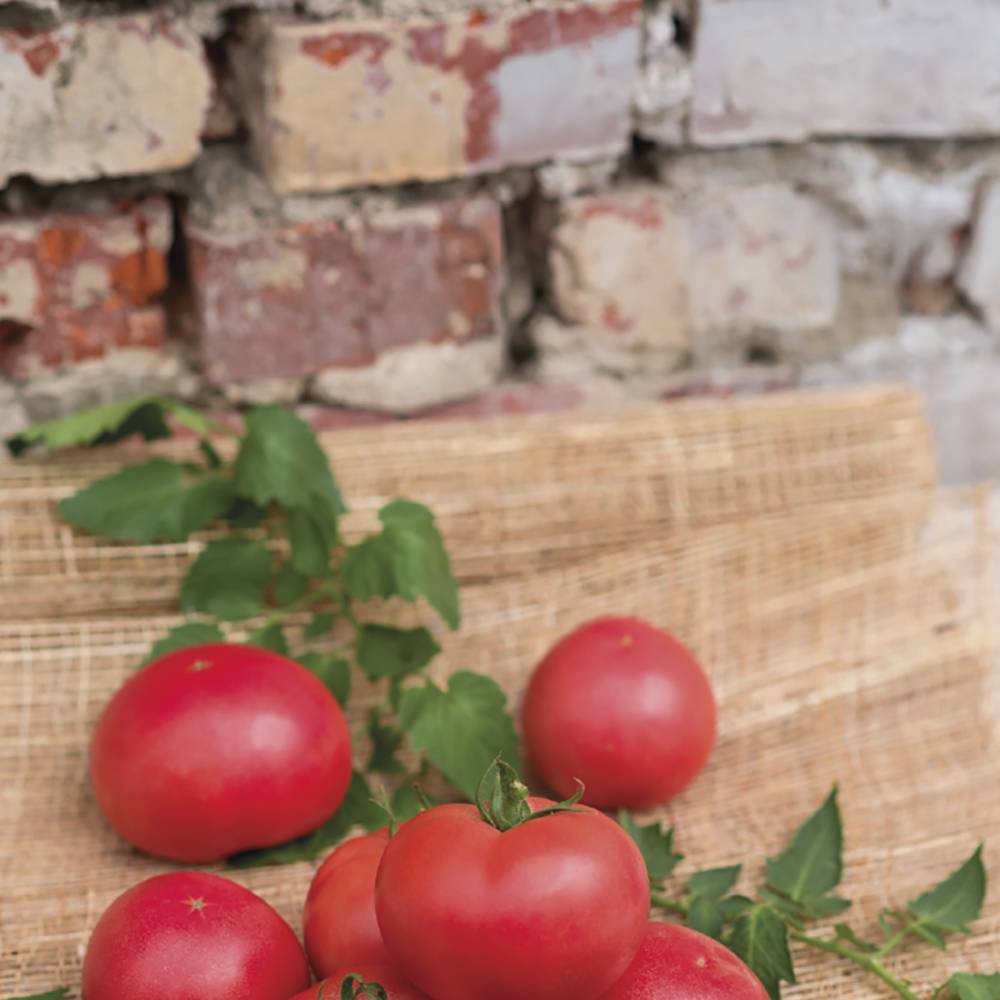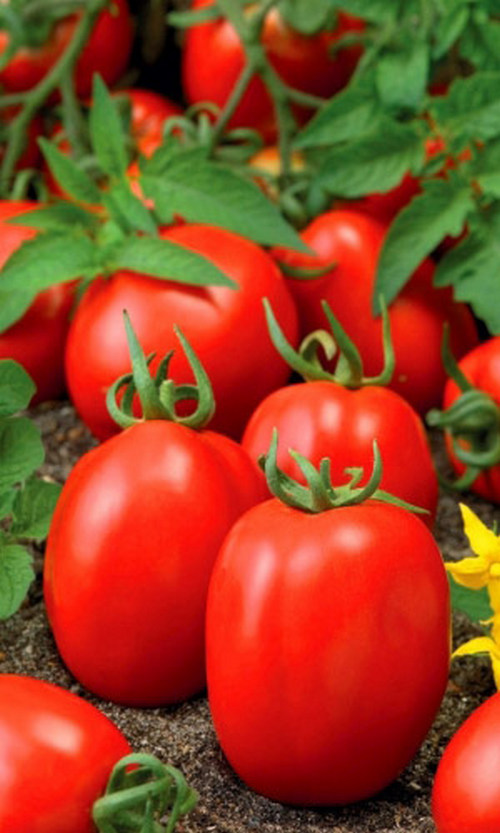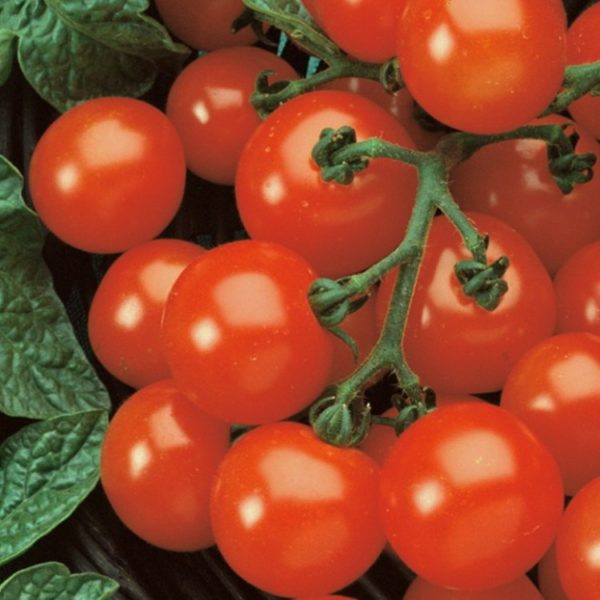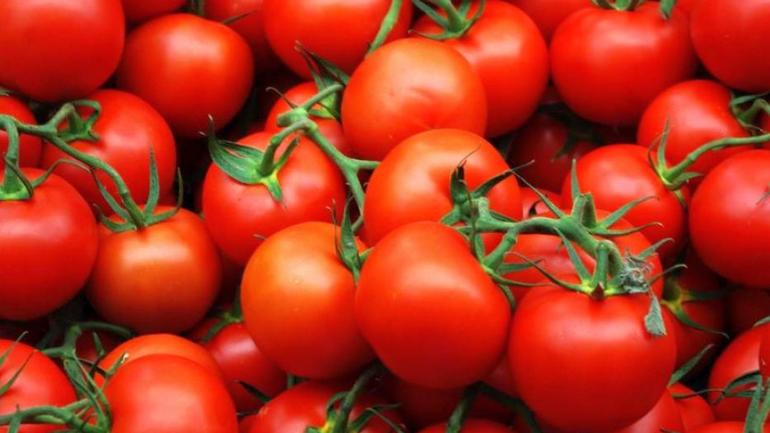Content:
Bugay tomatoes appeared on the Russian market not so long ago, but they have already received praise from many gardeners. Bugai is a large-fruited tomato species bred by Siberian breeders. Its main feature is its large fruit weight and high yield.
Pink Bugai tomato: characteristics and description of the variety
This tomato variety is suitable for growing both in greenhouses and in the open field. The height of the bushes reaches 150-180 cm. Fruits appear 110 days after planting. The berries have a slightly flattened, rounded shape and a juicy flesh with few seeds.
The stems of the plant are large, the weight of one fruit reaches 600 grams, and up to 2 kg of tomatoes can form on a branch. For the entire flowering period, up to 4 kg of crop can be harvested from one bush.
Growing and care
Bugai tomatoes are a mid-season variety. Seed planting begins in late March - early April. Before placing the seedlings in a permanent place, at least 60-70 days must pass. For planting, a neutral but well-drained soil is suitable.
The bush is formed into one or two stems. After 25-30 days after planting, remove excess leaves at the bottom of the bush. This should be done gradually and do not pick off the leaves located above the third inflorescence.
In order for the tomato harvest to be good, it is required to maintain a constant temperature within the range of 23-26 ° C. Therefore, a greenhouse is better suited for growing. In addition, plants need frequent watering and feeding, tying up the stems and regular access of fresh air.
At the last stage of maturation, the proportions of additives are changed, reducing the amount of nitrogen and phosphorus by half, but increasing the amount of potassium.
Diseases
Bugai tomatoes are immune to many common diseases of horticultural crops: nematode, tomato mosaic and viral infections. However, fungal diseases - late blight and alternaria - can affect the plant. Because of this, tomatoes need constant treatment with special solutions.
Advantages and disadvantages of the variety
The undoubted advantage of Bugai tomatoes is the large size of the fruits and good yield. Juicy and tasty tomatoes are perfect for fresh consumption, as well as for making salads and juices. In addition, the strong skin will protect the fruits from cracking and make them easy to transport.
According to the description of the Bugai f1 tomatoes, the minus is the demand for temperature conditions, the frequency of watering and feeding. In addition, due to the large weight of the fruit, the plants must be tied up. Also, the variety is susceptible to fungal infections and requires regular processing.
The variety has clearly more advantages, so planting it in your garden is definitely worth it.
